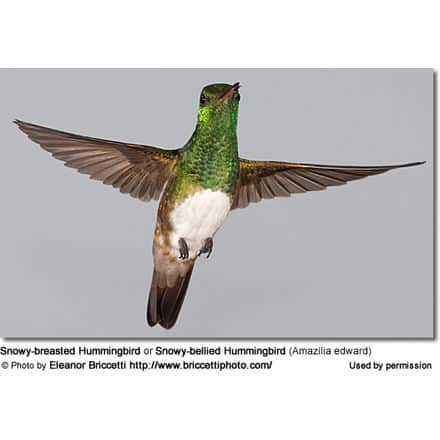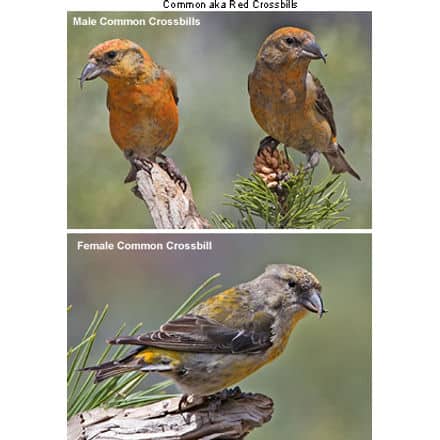Cassin’s Vireos
The Cassin’s Vireos (Vireo cassinii) was formerly known as the Solitary Vireo and was recently split into three separate species by American ornithologists: Cassin’s, Plumbeous, and Blue-headed Vireos.
The Cassin’s Vireo occupies the westernmost part of the former Solitary Vireo’s range, stretching from British Columbia and southwestern Alberta through central Idaho, across to coastal Washington and Oregon, south to southern California.
This bird migrates for the winter months from southern Arizona to southern Mexico.
Its preferred habitat are the woodlands of the western mountains and foothills. They can usually be found in the mid to lower portions of the forest canopy where it slowly and deliberately forages for insects among the foliage.
Description:
Cassin’s Vireos are olive above and whitish below, with a yellowish wash on their sides and flanks, white throats, and gray heads. They have white wing bars and two solid eye rings that extend to the brow, making them look as if they are wearing spectacles.
Identification Tips:
- Length: 4 – 6 inches (11 – 14 cm)
- Dark eyes with white spectacles
- White wing bars
- Dull gray head contrasting slightly with olive back
- Whitish underparts with dull olive flanks
- Thick bill with hooked upper beak
- Sexes similar
- Juveniles similar to adults
- Formerly conspecific (of, or belonging to, the same species) with Blue-headed and Plumbeous Vireos
Nesting / Breeding:
The Cassin’s Vireo builds a deep cup nest that is suspended from the fork of a horizontal branch, generally 3 to 20 feet above the ground, often about midway in a small conifer, but occasionally in a small deciduous tree or shrub.
Call / Song:
Its persistent song consists of short, rough whistled phrases of several notes, spaced about 2 seconds apart: Chreu… ch’ree… choo’reet” or “chree… ch-ri’chi-roo.. The phrases often alternate ending on a high note and a low note, giving an impression of question and answer.
Similar species:
The bold white spectacles of the Cassin’s Vireo are shared by the Blue-headed and Cassin’s Vireos. Blue-headed Vireo has brighter yellow flanks and more contrast between the head and back. Plumbeous Vireo is duller with little contrast between the head and the back and has grayer flanks.
Black-capped Vireo also has white spectacles but it has a black, not gray, head. Yellow-throated and White-eyed Vireos have yellow spectacles. The Gray Vireo lacks spectacles and has faint wing bars.
Diet:
Their primary diet include insects and, on occasion, berries and small fruits.



